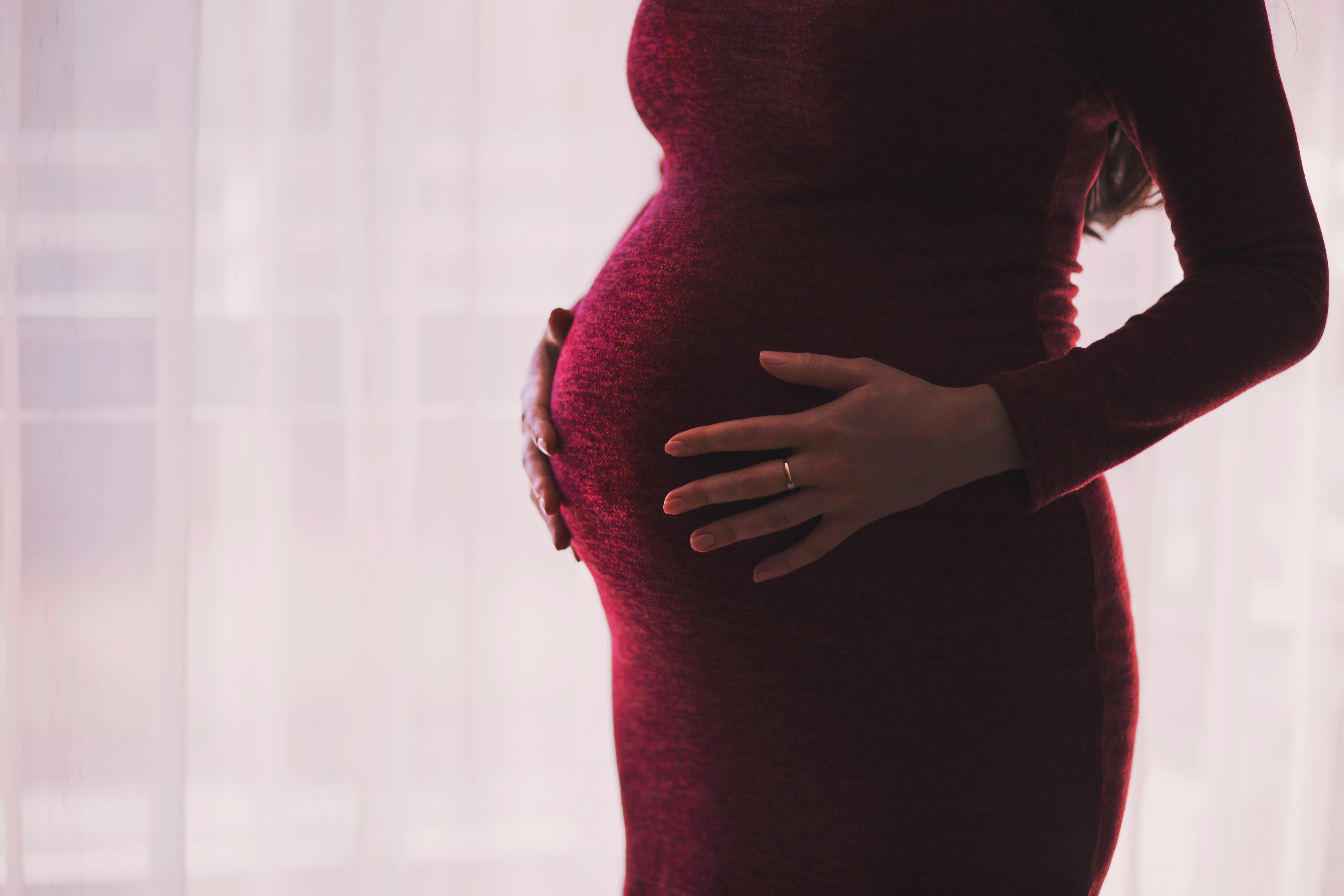 |
Pregnant women with gestational diabetes or preeclampsia may be more likely to produce children prone to hyperopia, myopia or astigmatism. Photo: Freestocks/Unsplash. |
A nationwide study based in Denmark recently found that refractive conditions are more prevalent during childhood and adolescence. The researchers explained their findings were a result of growing evidence in support of adverse prenatal or intrauterine environments contributing to high refractive error development. They specifically looked at maternal hypertensive disorder of pregnancy (HDP), since the condition’s association remains unknown.
Individuals born in Denmark from 1978 to 2018 were included, totaling 2,537,421 people who were followed starting at birth and ending at the date of refractive error diagnosis, 18th birthday, death, emigration or the last day of 2018, whichever happened first. Considered exposures were maternal HDP (preeclampsia and eclampsia) and hypertension. Outcomes were first occurrences of high ametropia of any kind in offspring.
Of the 104,952 mothers with HDP, 0.9% of offspring developed high refractive error; among children of 2,432,469 mothers without HDP, the rate was 0.6%. The cumulative incidence of high refractive error was higher in the exposed cohort at 18 years old, and offspring of mothers with HDP had a 39% increased risk of overall high refractive error. Elevated risks included concomitant hypermetropia, myopia and astigmatism. High risk persisted in offspring 12 years or younger. Highest risk was observed, through both timing of diagnosis and severity of preeclampsia, in offspring prenatally exposed to preeclampsia that was early-onset and severe.
The JAMA Network Open authors explained a few possibilities of the observed associations. One may be because women with HDP exhibit changed serum level of circulation antiangiogenic factors. The increased factor of tyrosine kinase and decreased placental growth factor may persistently influence ocular microvasculature structure and ocular blood flow, leading to altered retinal development and morphologic changes.
Another way this association may occur is through HDP causing excessive oxidative stress and inflammation, affecting various organ systems through differing pathophysiological mechanism activation. Oxidative stress in turn may damage the retina and subsequently affect refractive development by resultant short- and long-term refractive errors.
The authors also mention maternal HDP and its subtypes potentially associated with other visual conditions like retinopathy of prematurity, narrower retinal arteriolar and venular caliber, thinner macular ganglion cell-inner plexiform layer and others, suggesting HDP has negative effects on visual development more generally.
Lastly, the connection was made between HDP and diabetes, as both consist of the most common cardiometabolic disorders occurring in pregnancy. The authors pointed to similar disease risk in both conditions for overall high refractive error, suggesting a shared pathological process of both in refractive development of offspring.
Looking at clinical implications, the researchers noted that “these findings suggest that early screening of ophthalmic refractive errors should be recommended for offspring prenatally exposed to maternal HDP, especially those of mothers with severe and early-onset preeclampsia.”
Li M, Huang C, Yang W, et al. Evaluation of hypertensive disorder of pregnancy and high refractive error in offspring during childhood and adolescence. JAMA Netw Open. April 18, 2023. 6(4):e238694. |


